It was another early day so we quickly dressed and had coffee, cheese, and cookies for breakfast. Then out we went for the day. First, we took the U4 train to Karlsplatz where we were to find a different train, but we decided that we would just walk to the Belvedere Palace or Schloss Belvedere. Belvedere translates as “beautiful views” and usually refers to a building that is on a high place so that it commands a beautiful view. It was only a few blocks away and even though a light rain had begun, it was not too cold.
The Belvedere is actually 2 palaces with a large park that connects them. This place was built in the early 18th century as a summer residence for Prince Eugene of Savoy who had saved the country from the invading Turks. Prince Eugene of Savoy was said to have come to Austria from France where Louis XIV said he was too short and too ugly to be of service to him. The land where the Belvedere is built was a gift from the Emperor for his services. This complex is now a World Heritage Site. The Upper Belvedere is a showplace and includes the well-known Marble Hall.
In this room in 1955 the Austrian State Treaty was signed. In this palace is a marvelous art collection which includes world-famous works by Klimt such as “The Kiss”, which I really wanted to see in person instead of just in a book.
The Lower Belvedere includes a smaller palace that was completed in 1716 as Prince Eugene’s original summer palace along with the stables and is where temporary art exhibitions are shown. If this was warm weather, we would tour the gardens which were designed by Girard who trained with the designer of the gardens at Versailles, but nothing was in bloom, so we decided to just skip that part of the complex. We just toured the Upper Belvedere, so we had time to tour some other places today. But wow what a great museum!
Once we had finished the tour, we decided to have lunch in the Café Menagerie before heading out to our next destination. This was a room in the palace that at one time housed the menagerie of animals collected by Prince Eugene. But now it was just a lovely small café. Mike had a chicken wrap and I had a salmon/beet/quinoa salad plus a glass each of a Gruner Veltliner. The food was interesting but nothing exciting.
Once lunch was over we stopped at the front desk of the museum and asked directions to the University of Vienna Botanical Gardens. This garden was originally created in 1754 by Empress Maria Theresa in conjunction with her physician Van Swieten. The garden’s purpose was the cultivation of medicinal herbs.
During the 19th century the garden was expanded and opened to the public. They were supposed to have a great collection of various plants including succulents, carnivorous plants, rare orchids of Madagascar, a 200-year old ginkgo experiment and a bamboo grove—in fact, they proudly stated they have 12,000 different species from 6 continents on display. We found the area with their succulents, but they were digging up the outside plants and the green houses were packed with plants, but not open to the public. We did find some glass containers with lithops and the carnivorous plants, but we were very disappointed as this was not the time to tour this garden.
So, on we went to walk to Stephansplatz to tour the crypt in Stephansdom (or St. Stephens as we would say) which we didn’t get to do the other day. This church is also called Domkirche St. Stephen zu Wien. There has been a church on this site for about 800 years and it is thought that the church was built on the ruins of an ancient Roman cemetery. The first Romanesque building was built in 1147, then a 2nd building was built in 1230. A door from that church is still standing in the current church building. There were also parts of the building that are from the 14th and 15th century rebuilding program as well as some areas that were added in the 18th century. We wanted to see the crypt or catacombs (Katakomben) which is a series of ancient ruins beneath the church including a mass grave of the dead (an ossuary) from the plague in Vienna and a vault under the altar where the internal organs (except for the hearts) of the Hapsburg family are kept.
We tried to tour the crypt the first day we were in Vienna when we toured the church, but we were too late to take the tour. This is a very old crypt with unadorned ancient brick vaults. Sadly, we were not allowed to take photos anywhere in this crypt. In the Hapsburg vault we went down a hallway with metal containers that looked like stewpots of varying sizes lining the walls—these containers actually hold the intestines of the royal Hapsburg family. You may ask as to why the Habsburgs have their internal organs in one church, their hearts in another, and the rest of their bodies in another. Well actually they don't give you a clear reason but that is what they did--some say it was because of the poor embalming practices of those early days in Europe but they continued this practice way into the 20th century. This was a rather dark, dreary place and had a creepy feel to it. As we climbed the stairs to get out, the tour guide stopped each person to collect the charge for the tour which seemed rather mundane after traveling through the remains of so many people.
Next we decided to go see the crypt in Peterskirche (St. Peter’s Church) but were not sure of the direction to take. Mike went back and talked with the guide who told us we should go to the Kapuzinerkirche (Capuchin church) to see the Kapuzinergruft (Crypt or burial place of the Hapsburg Emperors) instead as according to him it was a much better tour. Can you tell we were having a “cryptic” day? Ha ha! Finally, after some confusion, we found the church, which is hidden behind the Kartnerstrasse shopping area, near Neuer Markt square.
We were surprised that the façade of the church was a plain red stone unlike most of the churches here which are very ornate. The church itself was built in the 1600s with the Kaisergruft (Kaiser’s crypt) having been built in 1619. This was the church where the Hapsburgs interred their actual bodies. There were currently 147 coffins in there—ranging from very simple ones to very ornate ones. This place was much larger than we thought it would be and yay we could take photos! We were very glad that we decided to do this tour as it was quite impressive.
By this time we were very tired, so we took the train back to the hotel. Then we decided to walk to the Hofer to get coffee pods and something for breakfast. We also looked for something to eat for dinner in our room, but nothing seemed of interest. So, when we got back to the hotel, we asked Nicholas at the front desk where we might find someplace to go for dinner. He suggested we walk back toward the Hofer to a restaurant called Pizzeria Motelli. After taking our groceries to our room we walked back about 2 blocks to the pizzeria. This appeared to be a local place—there were only about 5 or 6 tables in the front room. We decided to split a large seafood pizza (Frutti di Mare) and each have a glass of the local red wine (Rot Wien). When the pizza arrived, they had already cut it in half and put it on separate plates. Nice touch! The pizza was good—as Nicholas said “Not the best, but definitely not the worst”. Once we finished, we slowly walked back through the cold night—what a lovely time we were having here in Austria.

 Vienna, Vienna, Austria
Vienna, Vienna, Austria

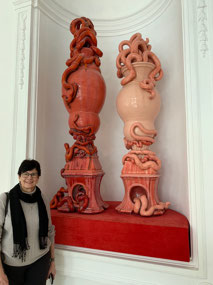
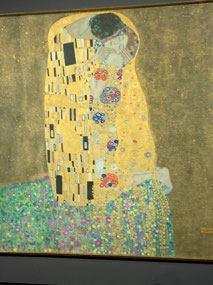
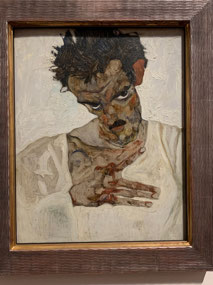




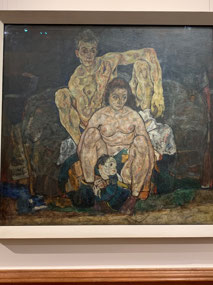
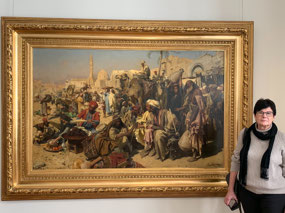
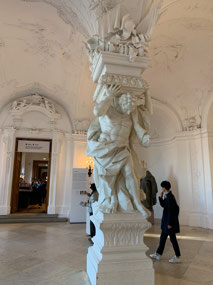
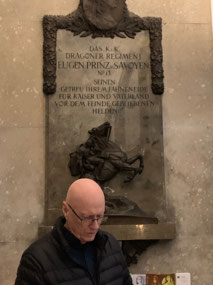
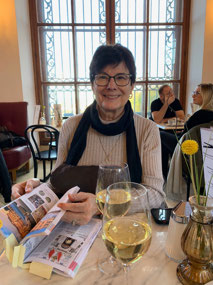
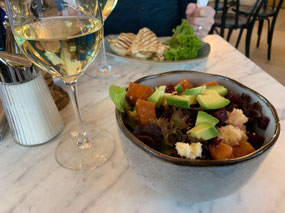
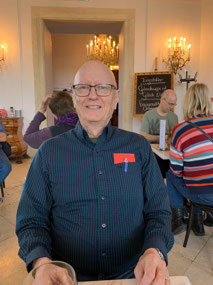
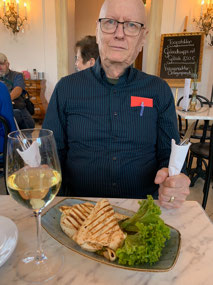
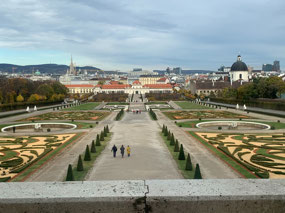
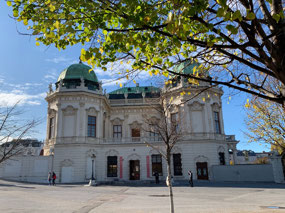
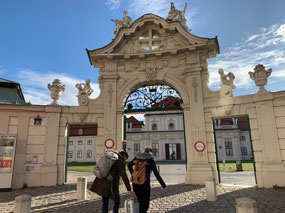
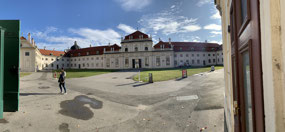
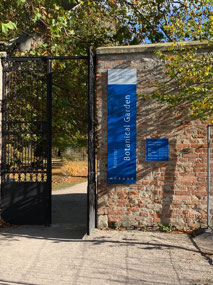
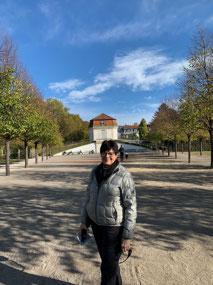
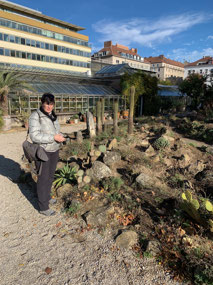
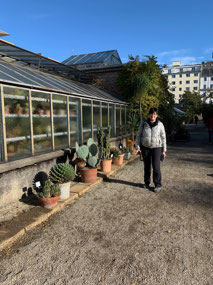
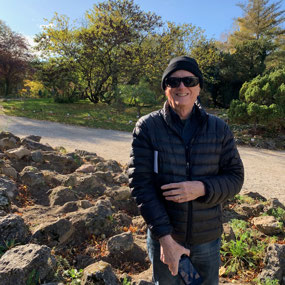
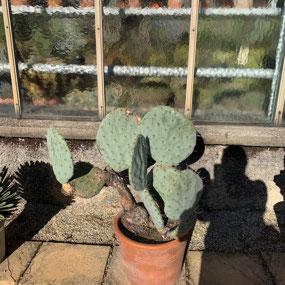

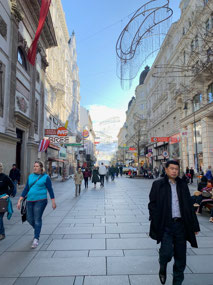

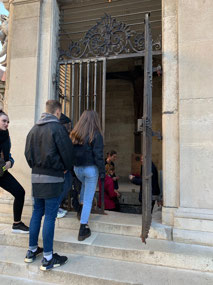
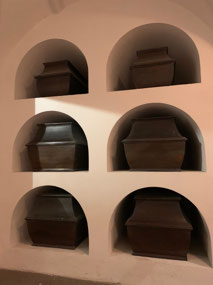
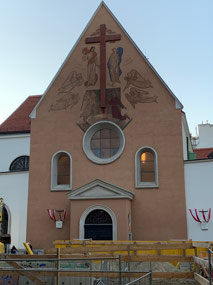
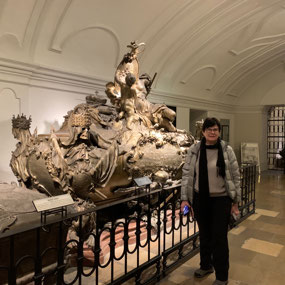
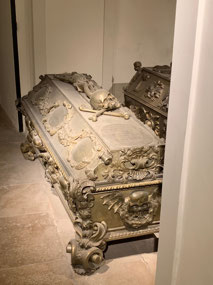
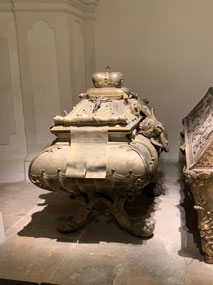
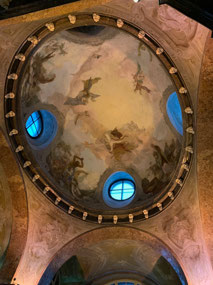
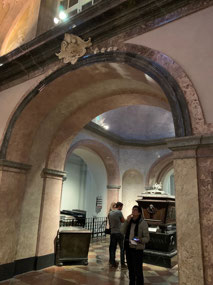
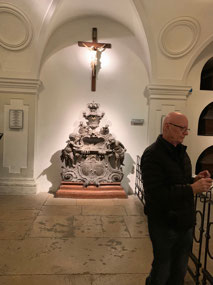
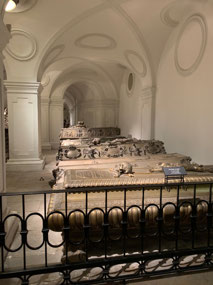
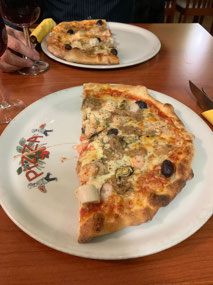
2025-05-22